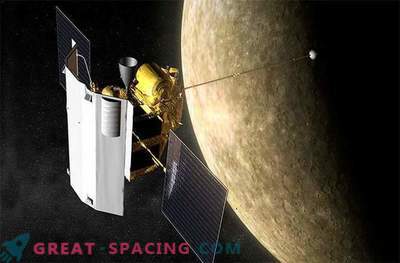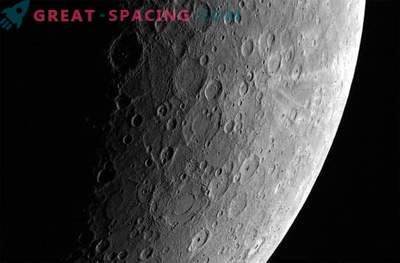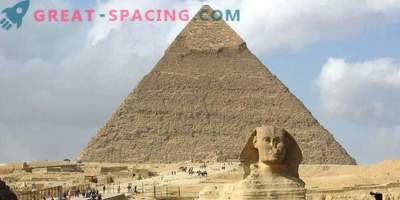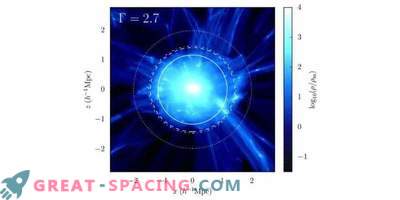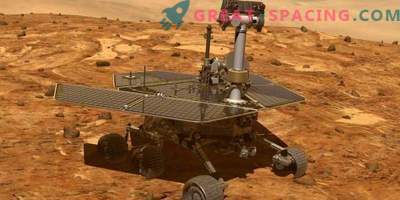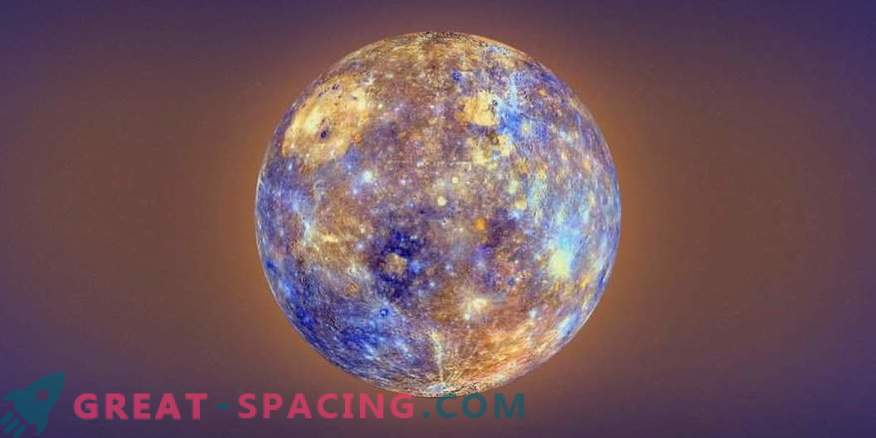
Have you ever heard of tribes of savages who dried human heads in a special way? Mercury deservedly can be called the “dried head” of the Solar System.
It turns out that this sun-scorched planet during its existence has undergone even stronger compression than previously thought — in some areas Mercury has decreased in diameter by 7 kilometers. This is evidenced by recent studies based on data transmitted by the American spacecraft "Messenger".
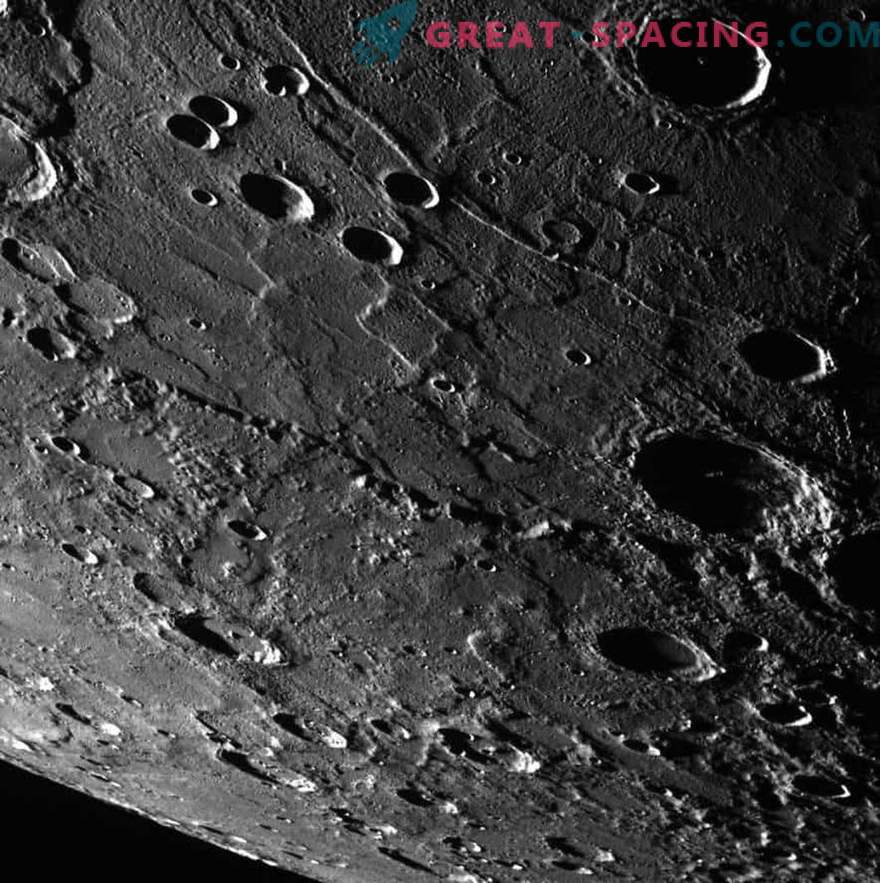
This is the southern horizon of Mercury with the edge of Rembrandt crater. The diameter covers 716 km and is one of the largest on the planet. Many different tectonic features are associated with it, including reliefs. The picture was taken as part of the MDIS program, whose pictures help to better understand surface formations with an emphasis on the southern hemisphere. The device was the first and only one to go into Mercury orbit. It has 7 scientific instruments that help to understand the planetary history and evolution.
“This sheds light on the secret of Mercury, which did not give rest to scientists for more than 40 years,” planetary scientist William McKinnon from the University of Washington in St. Louis, Missouri commented on the situation. - “Mariner 10”, launched in the 70s of the last century, for the first time captured the presence of giant jagged slopes on the surface of the planet - escarpes. This gave us reason to believe that the planet is shrinking. But not the fact that this process has already stopped. ” Researchers knew that the size reduction of an already small planet is explained by the theory of mountain building. For the first time this concept was (erroneously) applied to our home planet about 200 years ago. The way of forming the mountains, which was described by this theory, can be illustrated by the example of a dried apple, when its surface is wrinkled and wrinkled. However, this concept in many ways contradicted geological data. The currently accepted theory of plate tectonics explains the features of our planet much more accurately.
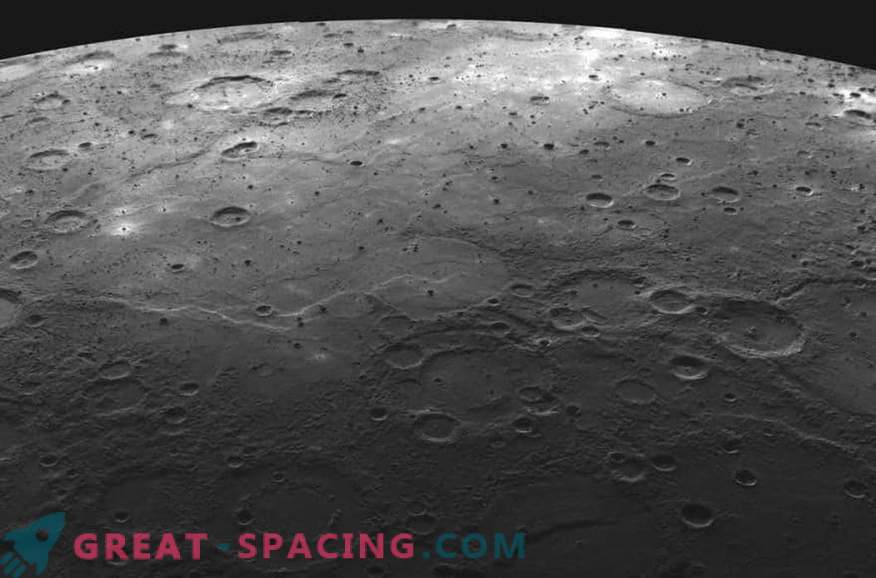
Why do so many craters on Mercury remain relatively smooth at the bottom? Photos of the MESSENGER apparatus (October 2008) showed previously unseen parts of the planet with large crater formations that are characterized by lunar smoothness. It is believed that they were flooded with lava ice. They are ancient, but still younger than the surrounding surface. MESSENGER went into orbit in 2011.
On the other hand, the bark of Mercury is a whole shell. He, unlike Earth, does not have a large number of lithospheric plates that move, forming mountains and depressions. For billions of years since the formation of Mercury, its liquid iron core has cooled and shrunk, resulting in cracks and shifts in the rocky shell of the planet. Today, deep “wrinkles” are visible on the face of the planet - traces of these changes. “Some escarpment are incredibly large,” says Paul Byrne, representing the Carnegie Institution in Washington and the Institute for the Moon and the Planets in Houston. “On Mercury, you can see truly enormous slopes.” Byrne is the lead author of the article presenting the research results in the March issue of the scientific journal Nature Geoscience.
According to McKinnon, such a strong compression corresponds to a model of a planet with a large iron core.

The MESSENGER came close to Mercury for the historic first span and produced this magnificent image. Various surface structures can be noted, among which are smooth central plains, a multitude of crater scars, and coarse material ejected from the lower left crater. The device was able to transfer more than 1,200 images that helped to better understand the development and history of the planet.
“This is a planet with a giant iron core and a thin rock crust,” says McKinnon.
As for the time when compression occurred, Byrne argues that this data is much harder to figure out. Craters, which can now be seen on the surface of Mercury, appeared due to what scientists call the “late heavy bombardment”. It was a turbulent period in the history of the solar system, which ended about 3, 8 billion years ago. Any evidence of squeezing that appeared before this period was likely to have been wiped out by the asteroids bombarding it.
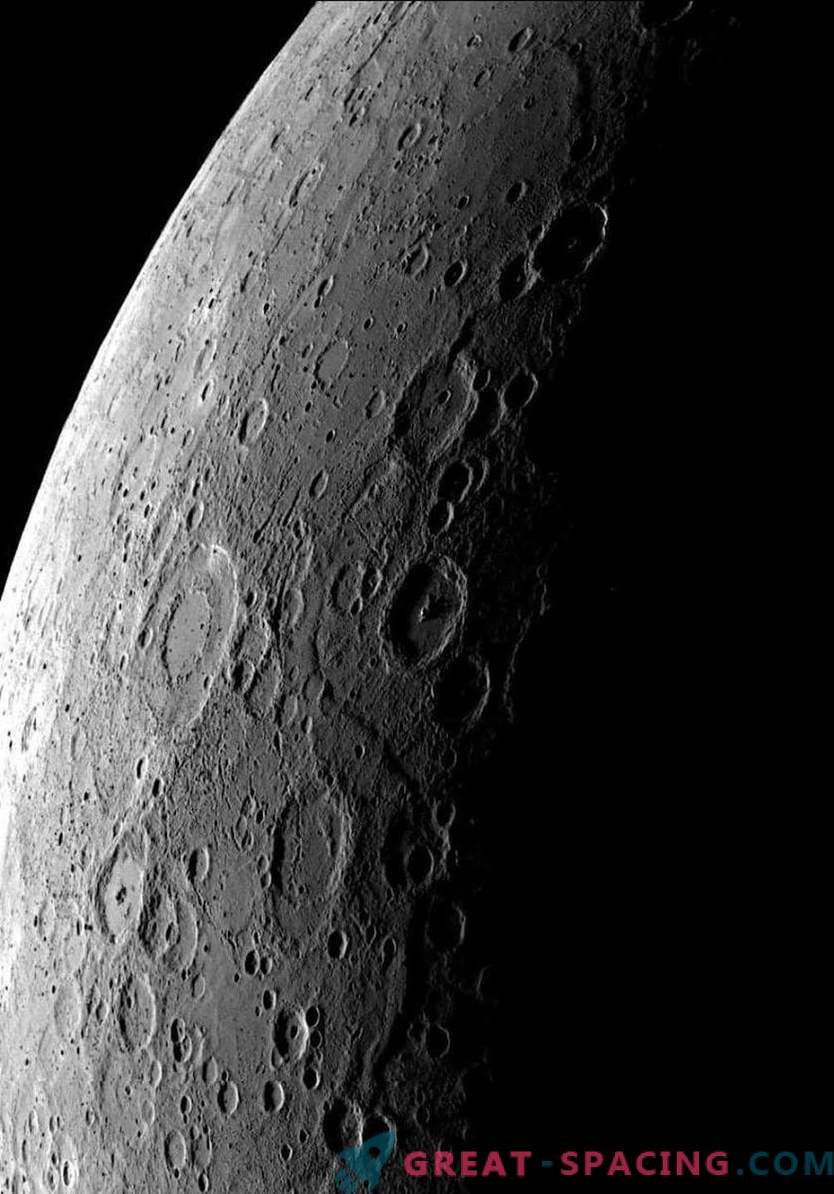
Mosaic dated May 7, 2013 transfers the merging of two images taken in 96 seconds. In order to fix this point on the planet, the MESSENGER apparatus had to move away and gain a foothold above the southern part of the orbit. The crater surface stands out sharply against the terminator (the line separating the day and night sides). This means that Mercury has suffered from an asteroid attack for centuries.
“The surface of Mercury was subject to catastrophic cratering,” says Byrne. “The compression may have begun even before the bombing period, but we do not expect to find any evidence for that.”
However, there are all indications that compression has occurred in later periods. One example is the giant “Carnegie Rupes” slope, which runs straight through a large crater. This means that the escarpment first appeared, then an asteroid hit it, and after that the slope continued to grow.
“We don’t know if it was formed as a result of a crust shift or an earthquake,” says Byrne. “But this slope confirms the hypothesis that the compression of Mercury took place over a very long period of time.”


